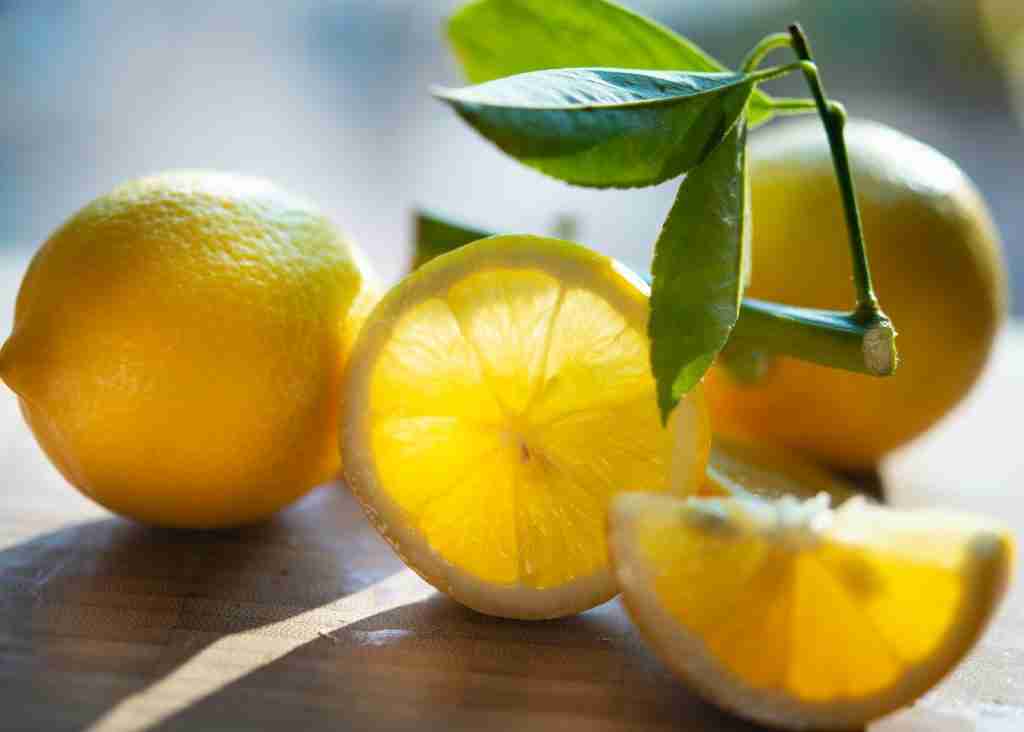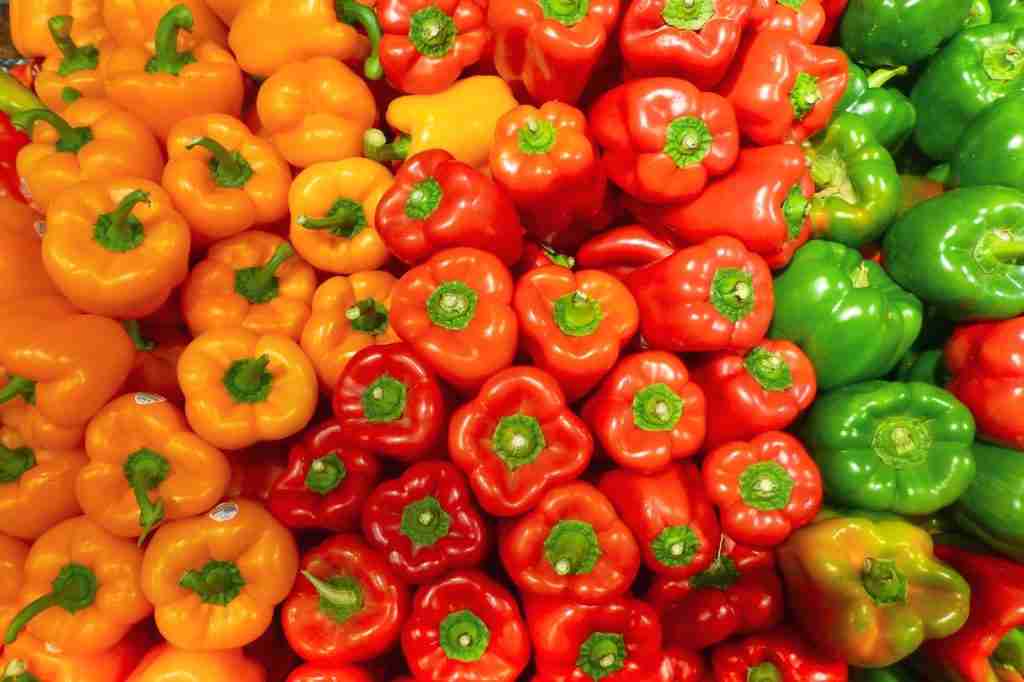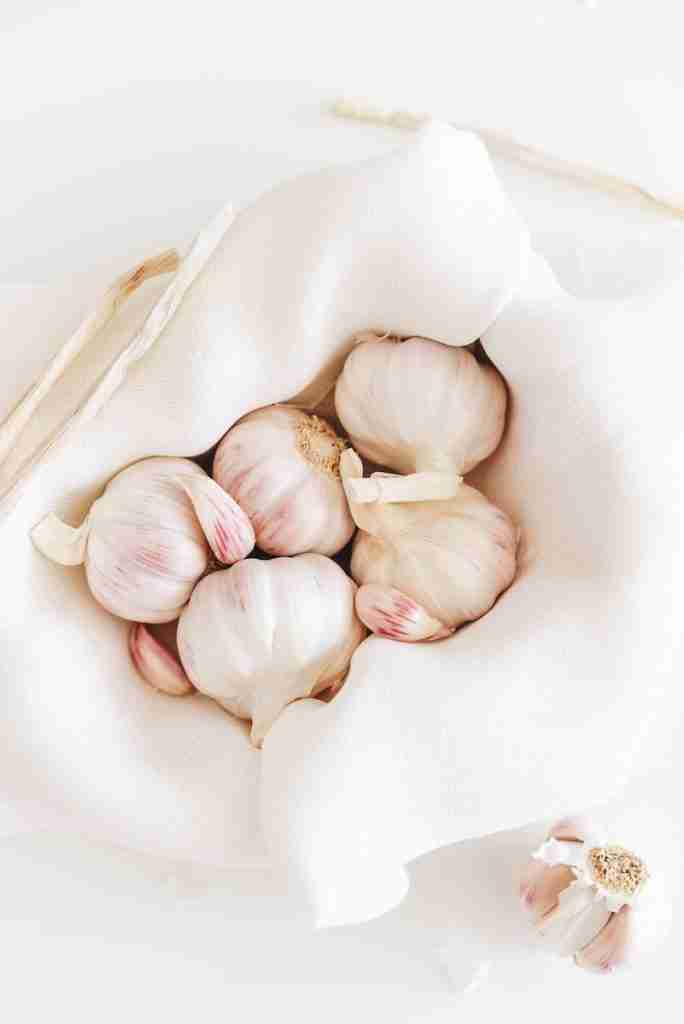25 Fun Facts About Food | Bite into Surprise
1. Tomatoes were once believed to be poisonous.
Once feared in Europe for their relation to the nightshade family, tomatoes were later embraced, leading to their integral role in various cuisines. This shift in perception reflects the evolving understanding of botany and nutrition.
Their global culinary presence ranges from Italian pasta sauces to Indian curries, showcasing their versatility.
2. Chocolate was once a currency.
In ancient Mesoamerica, cacao beans were so valued that they functioned as a form of money. This rich history contrasts with the sweet treat’s modern ubiquity in confectionery.
Cacao’s introduction to Europe in the 16th century transformed it into the chocolate we recognize today, enjoyed worldwide in various forms.
3. Avocados are fruits, not vegetables.
Often used in savory dishes, avocados are technically large berries. They are native to Mexico and have become a dietary staple in many cultures, valued for their creamy texture and health benefits.
Rich in nutrients and healthy fats, avocados are central to dishes like guacamole and are popular in vegetarian and vegan diets.
4. Honey never spoils.
Even after thousands of years, honey remains edible due to its natural composition, which inhibits the growth of microbes. Archaeologists have discovered pots of still-edible honey in ancient Egyptian tombs.
Its longevity is attributed to factors like low moisture, high acidity, and the presence of hydrogen peroxide, all hostile to bacterial growth.
5. Saffron is more expensive than gold by weight.
This coveted spice, derived from the stigmas of the crocus flower, requires a significant amount of flowers for just a small yield, reflecting its high value and cost.
Prized for its flavor, aroma, and dyeing properties, saffron is a staple in dishes from Spanish paella to Persian rice.
6. Peanuts are not nuts.
Contrary to popular belief, peanuts are legumes, akin to beans and peas. Their unique underground growth sets them apart from true tree nuts like almonds or walnuts.
Peanuts play a crucial role in global cuisine and agriculture, valued for their nutritional profile and versatility in products like peanut butter and oil.
7. Apples belong to the rose family.
Sharing botanical kinship with roses, apples are members of the Rosaceae family, which includes several other stone fruits. The flowers of apple trees hint at this familial connection.
Culturally significant, apples feature in various myths and stories, and their culinary uses are as diverse as their thousands of varieties.
8. Coffee is the world’s most popular beverage.

Originating in Ethiopia, coffee has become a global phenomenon, with its beans fueling a major international industry. The beverage is celebrated for its rich flavor and stimulating effects.
Coffee culture varies widely, from Italian espresso to Turkish coffee, each style reflecting unique cultural preferences.
9. Strawberries are not true berries.
Botanically, strawberries are aggregate fruits, distinct from single-ovary true berries like blueberries. Their formation involves multiple ovaries of one flower.
Despite this, strawberries are beloved worldwide for their bright color and sweet taste, popular in desserts and as snacks.
10. Almonds are related to cherries.
Almonds, commonly mistaken as nuts, are closely related to stone fruits like cherries and peaches, sharing a genus. They are actually the seeds of the almond fruit.
Nutritionally rich, almonds are utilized in various forms including milk, oil, and as a protein-rich snack.
11. Pineapples take almost 3 years to mature.
These tropical fruits require extensive time to develop, a testament to their complex formation as a cluster of coalesced berries. Native to South America, pineapples were a symbol of hospitality in colonial times.
Their sweet and tangy flavor makes them popular in cuisines worldwide, enjoyed fresh, cooked, or as juice.
12. Vanilla comes from orchids.
Derived from the orchid species Vanilla planifolia, vanilla pods undergo a labor-intensive process to develop their distinctive aroma and flavor, contributing to its status as a precious spice.
This flavoring is central to numerous desserts and is the second most expensive spice after saffron due to its intricate cultivation process.
13. Cashews grow on apples.
Cashews come from a fruit known as the cashew apple, with the nut attached to the bottom. This unique fruit-nut combination is native to Brazil but is now grown in many tropical climates.
The cashew nut, a popular snack and ingredient, undergoes a careful extraction process due to the toxic shell oil.
14. Olives can be poisonous when raw.
Raw olives contain oleuropein, making them too bitter and potentially harmful to eat without processing. Traditional curing methods remove this compound, making them edible.
Olives are a cornerstone of Mediterranean cuisine and are also the source of olive oil, a staple in healthy diets.
15. Quinoa is a seed, not a grain.
Often mistaken for a grain, quinoa is actually a seed from the Chenopodium quinoa plant. Native to the Andean region, it has been a food staple for thousands of years.
Quinoa is valued for its nutritional benefits, including high protein content and gluten-free status, making it popular in health-conscious diets.
16. Lemons are a hybrid fruit.

Lemons were created through the cross-breeding of sour oranges and citron. This citrus fruit has become a global culinary staple, valued for its juice, zest, and as a flavor enhancer.
Rich in vitamin C, lemons have a long history of use in cooking, cleaning, and even in medicinal remedies.
17. Cinnamon is tree bark.
Cinnamon is obtained from the inner bark of trees from the Cinnamomum genus. This spice has been prized since ancient times for both its culinary and medicinal properties.
Available in stick or powdered form, cinnamon is essential in many sweet and savory dishes around the world.
18. Bananas are berries, and strawberries are not.
Contrary to common belief, bananas qualify as berries botanically, while strawberries do not. This classification is based on the botanical structure of the fruit.
Bananas are one of the world’s most popular fruits, known for their nutritional value, including high potassium content.
19. Wasabi served in restaurants is often horseradish.
Genuine wasabi, derived from the rhizome of the Wasabia japonica plant, is rare and expensive. Most wasabi available outside Japan is a mixture of horseradish, mustard, and green dye.
The pungent yet fleeting heat of wasabi is a key component in Japanese cuisine, particularly sushi.
20. Peppers grow hotter in sunny conditions.

Capsaicin, the compound that gives peppers their heat, increases in concentration when the plants are grown in sunnier conditions. This variation affects the spiciness of the peppers.
Peppers are integral to cuisines worldwide, used for flavor, heat, and their nutritional benefits, including high vitamin C content.
21. Mustard seeds are a member of the cabbage family.
Mustard seeds, used to make mustard, are part of the Brassicaceae family, which includes cabbage, broccoli, and Brussels sprouts. This family is known for its distinctive flavor and nutritional benefits.
Mustard, in its various forms, is a popular condiment globally, used in sandwiches, hot dogs, and as a cooking ingredient.
22. Mushrooms are more closely related to animals than plants.
In the biological classification, mushrooms, part of the fungi kingdom, share more DNA with animals than with plants. This unique characteristic sets them apart in the natural world.
Valued for their umami flavor and nutritional properties, mushrooms are a versatile ingredient in many cuisines.
23. What is Foodpanda Philippines?
Foodpanda Philippines is a popular online food delivery platform that allows users to order food from various restaurants and have it delivered to their doorstep.
24. Garlic can alter the smell of sweat.

Compounds in garlic can pass through the body’s pores, affecting the odor of sweat. This phenomenon is due to the presence of sulfur compounds in garlic.
Garlic is widely used for its strong flavor and health benefits, including antimicrobial and heart-protective properties.
25. Artichokes are a type of thistle.
Artichokes are the edible flower buds of a thistle plant before they bloom. They have been cultivated as a food source since ancient times.
Artichokes are known for their unique taste and are often steamed, grilled, or used in dips and pasta.
FAQs
Panda delivery services typically refer to food delivery provided by platforms like Foodpanda or other services that use a panda logo in their branding.
A foodies website is a platform or website dedicated to food enthusiasts, offering content such as recipes, restaurant reviews, and culinary experiences.
Fusion cuisine combines elements of different culinary traditions to create innovative and unique dishes. It often blends flavors and techniques from diverse cultural backgrounds.
Food fusion refers to the blending of ingredients, flavors, and culinary techniques from different cuisines to create new and exciting dishes that bring together diverse culinary traditions.
Foodies are individuals who have a passion for food and enjoy exploring different cuisines. They often appreciate the art of cooking, dining out, and discovering new culinary experiences.







